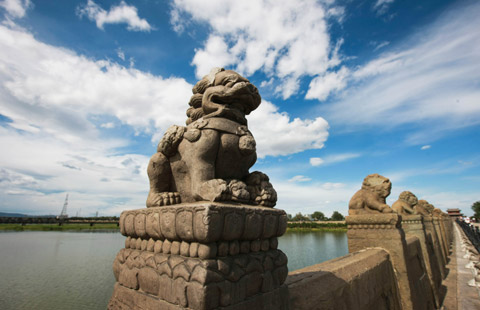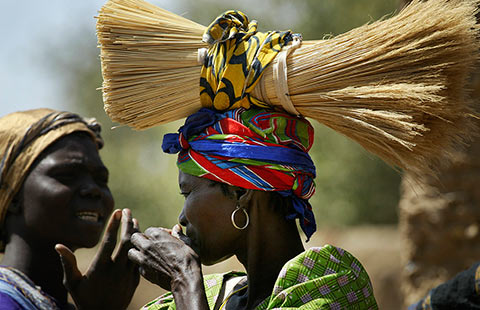
Li Wende, 88, lives in a small village nestled in the mountains near the China-Myanmar border. Since World War II ended in 1945, Li has taken one to two hours out of his day to sit down and reflect on the atrosities he witnessed on Songshan Mountain.
Chinese soldiers regained the vital area, between Myanmar and Yunnan Province, Southwest China, in 1944 after three months of fierce fighting against the Japanese. Thousands died.
"The Japanese attacked us from above and on the ground, bodies were strewn everywhere. We could not carry the fallen, they were left to rot," recalled the veteran.
"Some of our troop went back to collect some of the bodies in the dead of night, and their clothes were full of maggots," he said.
In a park in Baoshan District, Shanghai, visitors leave flowers at a monument in memory of a Kuomintang battalion led by Yao Ziqing, who fought Japanese soldiers to the last bullet in September 1937.
All the battalion's 600 soldiers, including 29-year-old Yao, died in the week-long fight, part of the Battle of Songhu, also known as the Battle of Shanghai. It was one of the bloodiest battles of WWII in China.
In 1942, China sent 100,000 soldiers to Myanmar to fight the Japanese.Liu Guiying was a nurse with the expedition.
In one battle, Japanese troops cut off access to a main road used by Chinese soldiers to return to China, forcing them to make a detour into the remote mountain range along the border.








